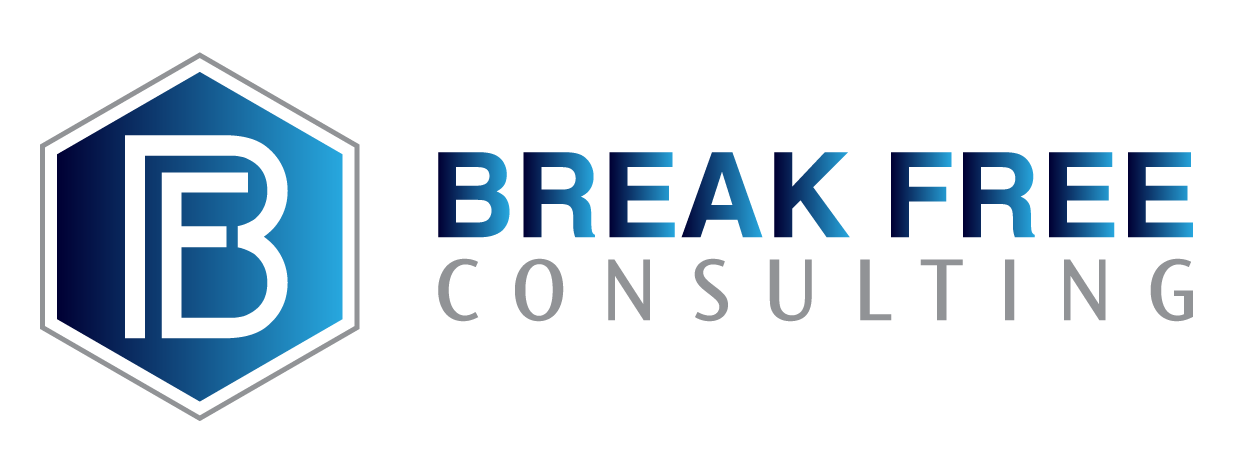 |
The Nominal Anomaly
What do all of these statements have in common? (Are you even trying to guess? Or, are you just waiting for the answer?) Give up? They all fall into what’s called a nominal anomaly. Nominal meaning being such in name only. Anomaly – an odd, peculiar or strange condition; an incongruity or inconsistency. What is a nominal anomaly? Well, for starters it is something that can cost you time, energy, and money. So, you might want to read on. 😉 Labeling
Have you heard statements like these in the past or maybe even recently? Were you the one who said it? What value to these statements add to your work? How do these “names” for an odd, peculiar situation add to your efficiency or effectiveness? Are all people who don’t get along with their team members also arrogant? How is arrogant or passive aggressive defined? Why is he labeled “arrogant”? Why is she “passive aggressive”? Could there be OTHER REASONS for their behavior; other than their innate character flaws? Could there be ANY OTHER REASONS why the team doesn’t work well together? Often when we label the problem or person, we mistakenly believe that the problem is solved. We believe that the label creates a barrier of protection. Afterall, there is nothing we can do about it. We’ve named it, now it’s done. Really? Is that the truth? NO! That’s the nominal anomaly! We only named the problem. We haven’t solved it.
Classifying / Categorizing
This problem can happen anywhere. I’ve done it myself. I’ve laid out the release of my online professional development training product, named all of the steps, titled all of the marketing emails and then… It is fun imagining how everything was going to roll out. I can picture the people that I am going to help and the difference I’m going to make. I can see the testimonials and kudos pouring in about how my clients overcame their sabotaging thoughts to achieve great successes. Hello? Hello? Traci, there is still a problem. All of the naming, titling, and imagining didn’t make the project happen. It may be a step toward the goal, but it’s just a step. Imagining it, planning it, naming it, doesn’t make IT happen. If you start looking, you will see nominal anomalies everywhere. A client of mine is working on a large IT project. He has his project scope documented and work estimated. He has identified risks and assigned values. He has compiled the numbers and contingency – because unexpected things happen on all projects. Now the CFO wants values to be assigned to each of the risks for the dollars in the “contingency pot”. You see, what’s so seductive about naming things and categorizing things or describing their attributes is that when we do it, we experience a disproportionate amount of satisfaction and safety. We get a sense of accomplishment. We get a sense of control. The CFO believes that by classifying the contingency dollars she will have a better handle on the project and eliminate the waste. Is that true? This sense of control and security is illusory and deceptive. Labeling someone as stupid, categorizing something as a defect, or classifying each contingency dollar may feel good but nothing has actually been created… nothing is actually being controlled or managed… because no work is actually being done (yet). You can label every penny in a budget. You can categorize every risk. But, you know what? That doesn’t control anything. Something is going to happen that is unexpected. Something is going to happen that can’t be “controlled” by categorizing, labeling or classifying. Then, what will we do to alleviate the anxiety caused by the unexpected? You’ve got it!! We’ll categorize, label and classify the unexpected so that it doesn’t happen again. But, classifying and naming it doesn’t mean it won’t be repeated.
Axiology (Value Dynamics)In axiology, these nominal anomalies are classified as systemic… (yes, I know, I’m classifying) which is the lowest, least valuable dimension of value. Systemic is the class of ideas, mental constructs and analytical concepts. These things have value (please don’t misunderstand – I’m not saying they are worthless.) However, systemic things are “worth less” than the next highest dimension of value. Things in the extrinsic dimension of value are measurable, tangible, experiential concepts. As leaders, our job is to generate the greatest value that we can. This is how we make a difference in the world. Nominal Anomalies aren’t “bad”. They are just less valuable than actually creating the thing or doing work with the thing that you are naming. So, while you will continue to name things, label things, categorize things, be careful not to experience that disproportionate amount of satisfaction… be careful not to confuse this type of value creation (systemic) with measurable, tangible (extrinsic) value creation. Because until you affect or create the things that you’ve named, labeled, and classified, you won’t impact the lives of those around you as greatly as you can.
Going BeyondNow, it’s your turn. Let’s get beyond the words. Let’s get beyond the talk. Let’s create more value!! Here’s how:
My hope is that this newsletter isn’t just a categorization or classification of thoughts and ideas. My hope is that you act upon this knowledge to move a project at your work or in your life forward and create great value. Please leave comments on this article on LinkedIn at: |



